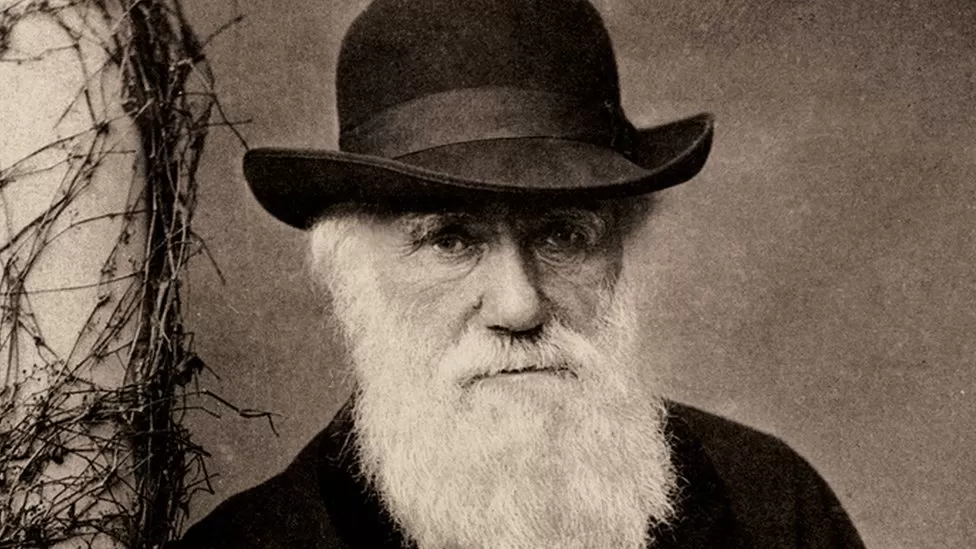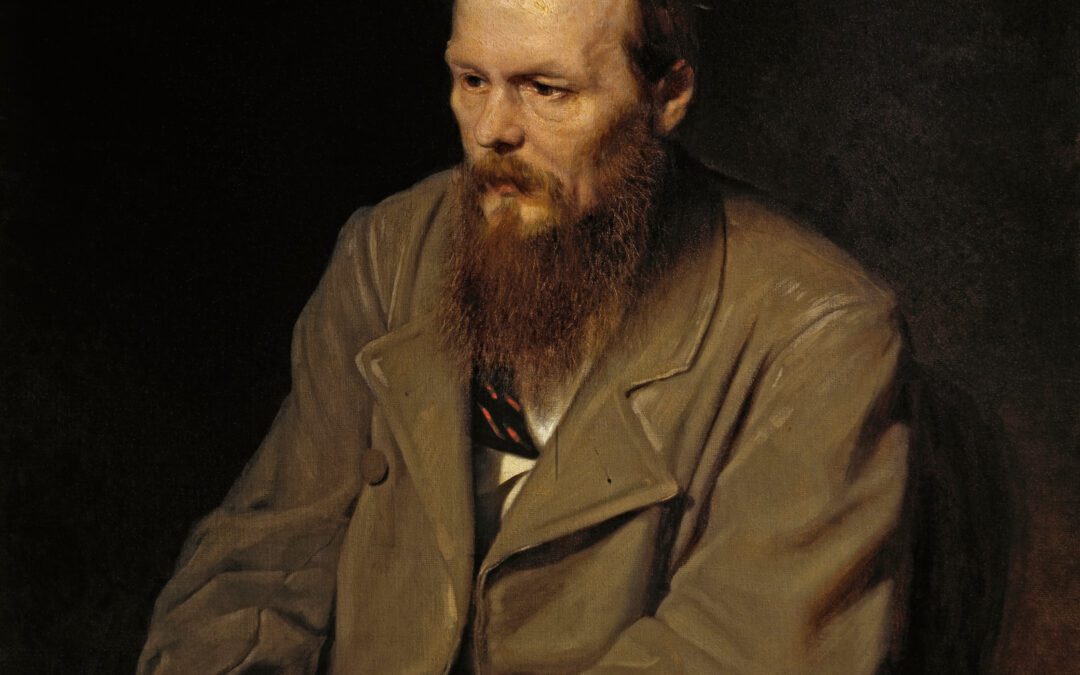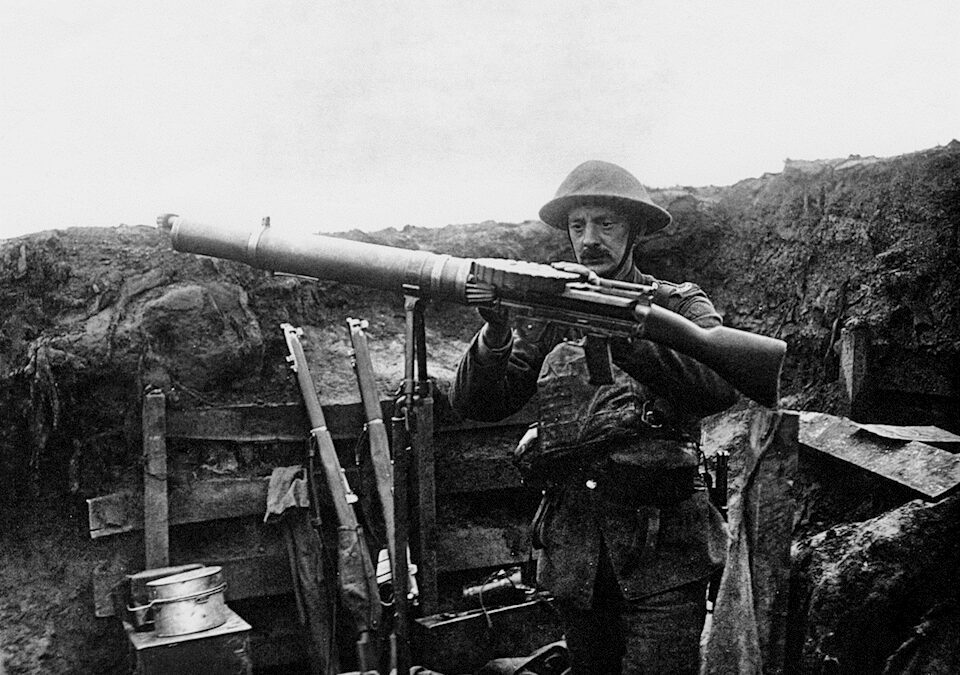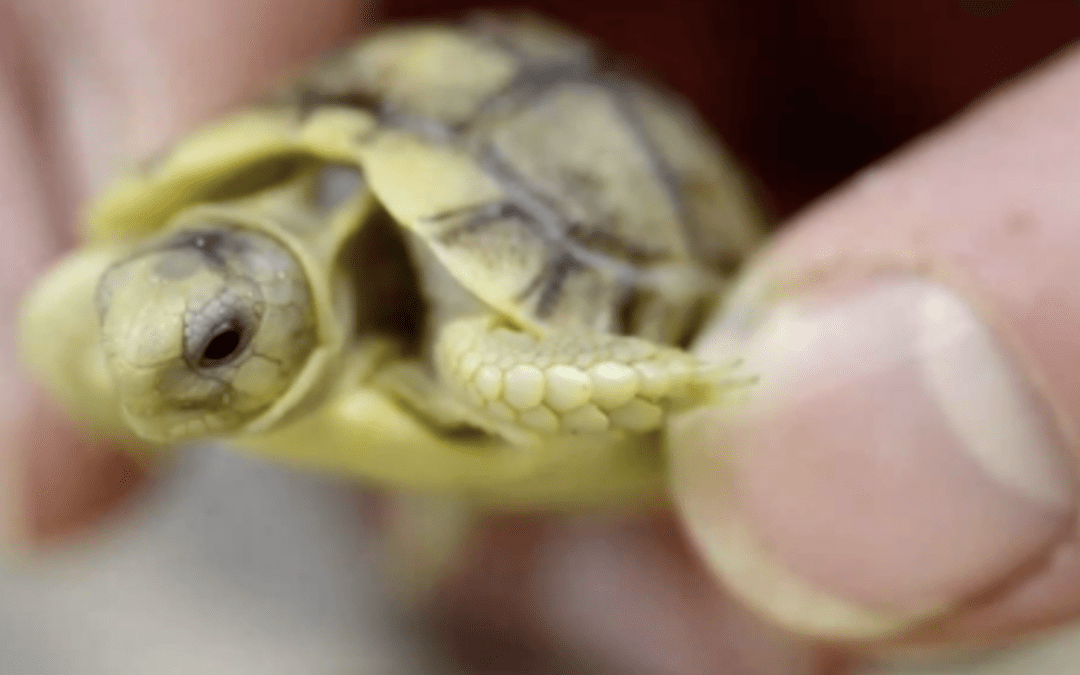The following was given as a paper at the 2018 D.H. Lawrence Conference at the University of Nanterre, Paris, 29-31 March 2018. The topic of the conference was ‘Resisting Tragedy’, which was adumbrated in the Call for Papers by the Conference Organiser, Ginette Roy, as follows:
‘The theme of this conference has been prompted by the first line of Lady Chatterley’s Lover: “Ours is essentially a tragic age, so we refuse to take it tragically.”
The statement invites reflection on the literary means and devices that were adopted by Lawrence in order to resist tragedy, both here and elsewhere in his writings. The strategies of resistance include various arts of distanciation through which the tragic can be warded off. They can be linguistic, poetic, rhetorical, or can involve the interplay between a variety of perspectives, tonal shifts, humour, satire, romance, poetic licence, the refusal of seriousness etc.
The focus of the 2018 Conference should not be exclusively or too explicitly on WW1 and its consequences. If the opening to Lady Chatterley’s Lover offers an explicit reference to the war and, in the second sentence, an explanation of its origin and a hypothesis regarding the responses that it arouses, “the cataclysm has happened, we are among the ruins, we start to build up new little habitats, to have new little hopes”, the focus of the conference is to be less on the specific nature of the “cataclysms” than on the nature and the substance of these “little habitats” and “little hopes” that are devised, conjured up, as if the immensity of “cataclysm”, apocalypse, were unable to put an end to an irrepressible individual and collective inventiveness. The resistance to tragedy thus appears to be the condition or cost exacted of a society or of a social agent who is to survive or outlive the “cataclysm”, a “cataclysm” which is both historical, epochal, but also, perhaps, existential or anthropological. Lawrence asserts “Tragedy looks to me like man/ in love with his own defeat” (Pansies). We may then suggest further lines of reflection on the following themes: resistance or non-resistance to tragedy whether personal, social or political, heroism or escapism, the denunciation of Hamletizing, the temptation of oblivion, the refusal of sacrifice or self-annihilation, resilience and creative destruction. This list is of course not exhaustive.’
My 25-minute paper is reproduced below as delivered:
LAWRENCE, DARWIN AND GENRE
The significance of Gerald Crich’s death is an Alp, which many critics have tried to scale by very various routes. The assault that I would like to make on it is up the path of evolutionary theory, and my two pickaxes, as it were, are the concepts of tragedy and comedy.
Gerald has been often described as tragic, with reason. He is presented as a proud, sensitive and potentially great man, from a cursed dynasty, who chooses wrongly. Gudrun’s judgment of his as a ‘barren tragedy’ (WL 476) is connected to her sense of it as ‘A pretty little sample of the eternal triangle!’ (WL 477), which itself rhymes with Lawrence’s concept of sex tragedy as described with derision in writings from 1919 onwards: sex may be creation, or else struggle, ‘bringing tragedy’ (SCAL268, 249).
But I don’t think that this is the only way in which ‘barren tragedy’ can be interpreted.
Paying rather more literal emphasis on the adjective than this reading allows takes us, I suggest, back to 1859, and the publication of The Origin of Species.
This was a book which was variously received as comic and tragic, as it was also claimed in support of the whole political spectrum. Gillian Beer attributes this range of interpretability to the book’s quote ‘subjective and literary’ qualities, related in part to its own status as an imaginative explanation for phenomena, which cannot be empirically verified (Beer 5).
Moreover it itself ‘sways between an optimistic and a pessimistic interpretation: it gives room to both comic and tragic vision’. ‘“Descent” may imply [man’s] fall from his Adamic myth or his generic descent (ascent) from his primate forebears’ (Beer 115-16).
On the side of comedy we have a vision of natural abundance, ‘a new creation myth which challenges the idea of the fall’, and a perception of humanity as the creative apex (Beer 116).
Even the social Darwinist who made the bleakest assessment of European degeneracy, Max Nordau in 1895, thought similarly to Darwin in The Descent of Man(1871) that ‘Degenerates, hysteries, and neurasthenics are not capable of adaptation. Therefore they are fated to disappear’, and hisversion was therefore ultimately comedic: ‘Humanity has not yet reached the term of its evolution…It is still young, and a moment of over-exertion is not fatal for youth; it can recover itself’ (Nordau 540).
Some writers, such as Butler and Shaw, were provoked by Darwin to a return to Lamarckian vision of agency-driven evolution. It was the lack of agency on the part of either God or man that distressed many about Darwin, and made him one of the three blows to the human ego that Freud posited as having been delivered by himself, Copernicus and Darwin.
This, along with the theses of constant competitive struggle, the eventual extinction of species, and heat death of the earth, led many to take Darwin tragically. Furthermore, insofar as they were unconvinced by Darwin’s quarter-hearted suggestion that evolution had been set in motion by divine purpose and redounded to its glory, and insofar as Christian authorities rejected any of his propositions, a conflict arose between Darwinism and that Christianity which was itself comedic, and which subsumed all tragedies including Classical ones, as Dante had most clearly asserted.
We see these conflicts in Tennyson’s In Memoriam, a poem that strongly anticipated the Originand was suffused by its predecessors, which veers between a comic and tragic response to the development hypothesis: the former sees Hallam as a ‘noble type’ of future mankind; the latter asks ‘Are God and Nature then at strife […] So careful of the type she seems, / So careless of the single life’ (Tennyson, 261). It was the tragic rather than comedic implications of Darwin that were predominantly absorbed by Lawrence’s immediate predecessors, including Arnold, Hardy, Wells, Zola, Ibsen and Strindberg.
Now one thing that is notable about their responses is that they implyan attitude towards life in general, that it is tragic – not a tragedy, that temporal noun being here replaced by an adjective that can attach itself not only to a character but a spatial concept such as the universe. This shift was partly but not exclusively correlated to the entry of tragedy to the longer, more realistic form of the novel.
I would suggest that previous to the nineteenth century tragedies, whether written by part-time tragedians such as Shakespeare or full-time ones such as Aeschylus or Racine, did notimply that life was tragic; the tragedy being a ritual reflective upon and perhaps purgative of certain aspects of it. A tragedy’s universe being tragic did not imply a tragic universe. The society of satyr plays to tragedy in ancient Greece, or of jigs on the Globe stage, stressed this.
Nor was it the case that this nineteenth century shift pertained specifically to its own time as ‘essentially a tragic age’ (LCL5). It was a trans-temporal conception, influenced by the Romantic valorisation of the sublime, philosophers including Schopenhauer and scientists such as Lyell and Darwin. It was manifested in a recovery of a seriousness that had for centuries been lost in the dramatic tragedies and opera, as Nietzsche had diagnosed, and in a shift from a South to a North European sensibility, as Robert Dupree argues (Dupree 274).
This breaking down of the barrier between art and life also correlated to a more expansive role for art in the later 19thC, as polemically asserted by the aesthetes, as invited by the more circumscribed role of religion, and as charaacterised by
Nietzsche in his ‘Attempt at a Self-Criticism’ of The Birth of Tragedy called ‘an ARTISTIC view of life’. Although Nordau diagnosed such a view as itself degenerate, he too analysed the degeneracy of contemporary Western civilisation according to its arts.
Once ‘tragic’ was applied to life, it became applied to parts of it not just its whole, just as plot lines, events and characters in fiction had long been called tragic even if their works as wholes were not. And then it swiftly became diluted, so that Joyce complained in 1904 about its misapplication to a girl killed by a falling shard of glass whilst walking along a street.
So, Lawrence was born into a period of resurgence of tragedy as an art form and in extention to life, which was in part a response to Darwin.
Lawrence had first read Darwin when he was around seventeen. Jessie Chambers remembers that ‘He came upon [rationalism] at a time of spiritual fog, when the lights of orthodox religion and morality were proving wholly inadequate’ (Ebbatson ix).
In turn, his reading of Darwin and other materialists helped to break down his Christianity, which was in any case troubled by the problem of suffering: in Tennyson’s words ‘so careless of the single life’; he was not convinced by Reid’s lecture series given in response to his queries about evolution.
Yet by the the following year, 1908, he had already gained a distance from Darwin, circumscribing the Darwinian interpretation of the white swan’s plumage as mere ‘knowledge’ in his lecture ‘Art and the Individual’ (STH 137).
Thereafter he mentioned him relatively little, and not at all in his fictionalisation of this period of his life inSons and Lovers.
He mentioned the German Lamarckian Haeckel rather more. He had learned about him from his admired botany teacher at Nottingham Ernest Alfred Smith, who also ‘showed him the way out of [Haeckel’s] torturing crude Monism […] into a sort of crude but appeasing Pluralism’ (LL I 147).
Lawrence marked this distance in his satirical depiction of The Rainbow’s mischieviously named Dr Frankstone, who is a materialist monist.
When Ursula looks at a unicellular creature, she reflects:
‘If it was a conjunction of forces, physical and chemical, what held these forces unified, and for what purpose were they unified?’ (Rainbow 408).
One is reminded of George Eliot’s comment on The Origin of Species when it came out:
‘To me the Development Theory and all other explanations of processes by which things come to be, produce a feeble impression compared with the mystery that lies under the process’ (Carroll 17).
Six years after Women in Love, Lawrence was making a similar critique in ‘Him with His Tail in His Mouth’:
‘What we want is life, and life-energy inside us. Where it comes from, or what it is, we don’t know, and never shall. It is the capital X of all our knowledge’ (RDP310).
Yet Lawrence took great inspiration and support for numerous aspects of his thought from Darwin: his sense of nature as organic rather than mechanical; his flat ontology of living things, his valorisation of flux. As Margot Norris comments, Lawrence’s practice is ‘to insert aspects of Darwinian living form, such as temporality, mutability, and susceptibility to chance, into literary conventions, thereby transforming character into multiplicitous and fluid ‘allotropes’, eschewing novelistic closure’ (Norris 18).
The antirrational aspects of Lawrence’s thought rhyme with the non-rational implications of Darwinian evolution: ‘trivial organic forces operating unconsciously and irrationally, on an ad hoc basis, subject to chance, over time’, with reason ‘enthralled to the organic’ (Norris 6-7).
So Lawrence blended elements of Darwin’s thought with that of others and his own in a synthesis in which Darwin is still apparent in terms and structures of thought.
Moreover, as the range of texts from Study of Thomas Hardy to Apocalypse, to which I will refer, will make apparent, his vision of evolution remained in its broad outline unevolved throughout his writing career.
The question is then whether Lawrence’s ideosyncratic appropriation of Darwin is comedic or tragic, if either.
I would suggest overwhelmingly the former.
The Study of Thomas Hardy gives us a positive sense of ever greater differentiation ‘almost as though this differentiation were a Purpose. Life starts crude and unspecified, a great Mass. And it proceeds to evolve out of that mass ever more distinct and definite particular forms, an ever-multiplying number of separate species […] on and on, till, in the future, wonderful, distinct individuals, like angels, move about, each one being himself’ (STH 43).
The emphasis on ‘the transformation of the homogenous into the heterogeneous’ was that of Spencer’s 1862 First Principles, which strongly influenced Lawrence (Ebbatson xx), whilst the optimistic crescendo resembles that of the ending of In Memoriam. Darwin concluded the Origin of Species by saying that: ‘from so simple a beginning endless forms most beautiful and most wonderful have been, and are being, evolved’ (Darwin, 460).
Birkin might be echoing this when he contemplates by Gerald’s corpse that:
‘If humanity ran into a cul de sac and expended itself, the timeless creative mystery would bring forth some other being, finer, more wonderful, some new, more lovely race, to carry on the embodiment of creation. […] Races came and went, species passed away, but ever new species arose, more lovely, or equally lovely’ (WL 479).
But of course this vision of God is as more active and therefore more comedic than Darwin’s in-motion-setter, or Augustinian seed-planter, which account of creation was accepted by some ‘reconciliationist’ Christian Darwinists (Young 16).
But Lawrence revises Darwin still further when it comes to purposiveness.
God’s function may be to generate ever new, at least as good beings. But the purpose of those beings is to fulfil themselves as individuals, as is set out at length in Study of Thomas Hardy, and as underpins much of Lawrence’s writing thereafter.
‘The world is a world becaose of the poppy’s red. Otherwise it would be a lump of clay’ (STH13)
‘Yet we must always hold that life is the great struggle for self-preservation, that this struggle for the means of life is the essence and whole of life. As if it would be anything so futile.’ (STH 13)
Therefore lack of reproduction and shortness of life were not to Lawrence degenerative signs, as he had perhaps some personal motive to feel (Granofsky 30).
The mysterious principle of being, which for Lawrence interacts with evolutionary forces as its bride, he calls female and spatial, to evolution’s maleness and temporality.
‘Darwin and Spencer and Huxley […] these last conceived of evolution, of one spirit or principle starting at the far end of time, and lonelily traversing Time. But there is not one principle, there are two, travelling always to meet, each step of each one lessening the distance between the two of them. And Space, which so frightened Herbert Spencer, is as a Bride to us’ (STH98).
Or as he puts it in his opening paragraph:
The ‘systole of [life’s] heart-beat’ is staying alive. But for the diastole of the heart-beat, there is something more […] thank heaven, than this unappeased rage of self-preservation’ (STH 7).
Darwin’s concept of evolution is predicated on competitive struggle; but Lawrence’s diastole, the purpose of individuals in self-fulfilment, is assisted by a different, more comedic kind of struggle – that between the lion and the unicorn which holds aloft the crown of life. We get the most comic vision of this in Mr Noon, where ‘Gilbert, […] had found his mate and his match. He had found one who would give him tit for tat, and tittle for tattle […] all life and splendour is made up out of the union of indomitable opposites’ (MN 186).
Now it is significant that Lawrence absorbed much of his Darwin through Hardy, who had proclaimed himself ‘among the earliest acclaimers of the Origin of Species’, given that Hardy had widely interpreted as tragic in his response to Darwin.
Lawrence’s response to Hardy’s response, however, converted tragedy into the comedic or comedic-tragic.
To understand this, is it necessary to remember that tragedy for Lawrence split into different types: the lesser, life-restricting, into which category he put Hardy’s society-related tragedy, the greater, Nietzschian life-affirming that consists in conscious violation of ‘the greater, uncomprehended morality, or fate’ or ‘the judgement of their own souls, or the judgement of eternal God’, which Hardy’s heroes fail to reach – and the merely little, which is implicit in Hardy’s protagonists but overshadowed by their showy society tragedies (STH 29–30).
Lesser, social tragedy is generated by characters falling into the gap between the systole and the diastole – fulness of being, at which they make an attempt, and the ‘larger scale self-preservation mechanism’ which is society, which they violate in their attempt, but to which they eventually capitulate and therefore die (STH 20-21).
This obscures the ‘little tragedy’ of these characters simply failing to fulfil themselves – as very many people, who never even make the attempt, also experience.
Lawrence adumbrates this conception with regard to The Return of the Nativeby replacing God with Egdon Heath. It produces crops of infinite variety, in the plants and animals, including people, who live on it. It is, in Tennyson’s terms, ‘careless of the single life’, but only because it produces an effusion of spirits not all of whom will fulfil themselves.
Yet these are‘little’ tragedies compared to the comedy of the eternal fecundity of the Heath: ‘What matter if some are drowned or dead, and others preaching or married […] The Heath persists. Its body is strong and fecund, it will bear many more crops beside this’ (STH 25).
It is therefore the precursor of the ‘non-human mystery’ perceived, in the Alps, in the presence of Gerald’s corpse (WL478).
This Darwinian apprehension of a universe in which man is neither the measure nor the telos, and its apprehension as comedic, is what Morgot Norris in her 1985 book Beasts of the Modern Imagination describes as standing in the biocentric tradition, which ran from Darwin through Nietzsche, Kafka, and Ernst to Lawrence – and it is this permits a comedic response to Darwin that is the inversion of the alternative comedic response indicated in Tennyson’s exhortation to mankind to ‘Move upward, working out the beast,/And let the ape and tiger die’ (Tennyson 281).
Comedic because for Lawence the very embrace of the biocentric perspective permits one to fulfil oneself in corporal being, which is a triumph and a joy. This is apparent in the argument between Clifford and Connie in which he advocates a ‘scientific-religious’ (LCL 233) writer he is reading who argues that evolution is successfully abstracting mind from body:
‘The life of the body,’ he said, ‘is just the life of the animals.’ ‘And that’s better than the life of professional corpses’, she returns (LCL 234).
Indeed, in a fair bit of the fiction between Women in Love and Lady Chatterley’s Lover individuals who do not unfold their buds become literally corpses.
Granofsky argues that Lawrence does this in reaction to the stress put on him by the War. He notes that in ‘The Novel’ Lawrence charged that Tolstoy killed off his quick characters. ‘Lawrence, on the other hand, will kill off his unquick characters in a fictional program of eugenics’ (Granofsky 9). For example Banford in ‘The Fox’ and Mrs Hepburn in The Captain’s Doll.
In the terms of Study of Thomas Hardy, theirs are the little tragedies of failing to come into full being; their tragedy is none the greater for them biologically dying.
Such tragedies in these stories do not evoke pity, any more than Malthus had for his surplus – and they do not render their fictional universes tragic, still less imply a real tragic universe outside themselves. One indication of the degeneracy in Lawrencian terms of Beldover society is its misapplication of the term to the death of Laura Crich: ‘Such a tragedy in Shortlands, the high home of the district!’, a dig amongst other things at the Classical association of tragedy with high birth (WL 190).
For Darwin in contrast to Lawrence, intellectual powers were evolutionarily advantageous rather than a threat. He speculates that one possible reason for the degeneration of the Ancient Greeks was ‘extreme sensuality’. But of course he is concentrating, as Lawrence doesn’t, on biological reproduction.
By contrast in ‘Him With His Tail in His Mouth’ Lawrence thinks art such as that of Burne Jones far less good than ..cave paintings: ‘Hadn’t somebody better write Mr Wells’ History backwards, to prove how we’ve degenerated, in our stupid visionlessness, since the cave-men?’ (RDP 317).
But for him this very process, even if applied to a civilisation rather than individuals, is not tragic, or if so is only a little tragedy, and it will correlate to the evolution of something better – such as Russia, the United States, or Mexico.
And the same applies even to humanity.
Birkin again: “God cannot do without man.” It was a saying of some great French religious teacher. But surely this is false. God can do without man. God could do without the ichthyosauri and the mastodon’ (WL 478).
Six years later he revived this sentiment in Reflections on the Death of a Porcupine: ‘either [man] will have to start budding, or he will be forsaken of the Holy Ghost: abandoned as a failure […] as the ichthyosaurus was abandoned’ (RDP 360).
This sentiment was inspired by and inverted the misanthropy of the late Tolstoy, who saw sex as damning rather than saving. When pointed out to him that if his character Pozdnyshev’s recommendations were followed humanity would die out, Tolstoy responded:
‘What will die out is man the animal. What a terrible misfortune that would be!..Let it die out. I am no more sorry for this two-legged animal than I am for the ichthyosaurs […] What I care about is that the true life should not die out, the love of creatures that are able to love’ (Tolstoy 12).
Of course this means humanity will die out precisely by becoming more true in its loving. And with Birkin’s vision it is unclear, as Ursula points out, how it would take physical effect. Nonetheless, Tolstoy and Lawrence are agreed that their vision is not tragic:‘there would be no absoluteloss, if every human being perished tomorrow. The reality would be untouched’ (WL127).
But the positively comedic aspect of the vision is that Mankind has the means of survival in his own hands, just as in Lamarck’s vision individuals could improve their fitness within a lifetime; otherwise Lawrence’s preaching were pointless. One can live in contact with what Apocalypse calls ‘that in the cosmos which contains the essence, at least, or the potentiality, of all things’ (A17); as Connie tells Clifford: ‘I feel that whatever God there is has at last wakened up in my guts, as you call them, and is rippling so happily there’ ( LCL 235). Hers is not an eternal static comedy like that of the saved of the New Jerusalem, but a firmly sublunary comedic vision.
So where does this leave Gerald?
He failed to develop himself, and in this sense his is a little, and a barren, tragedy.
He was a positivist and in a very different sense to Lawrence a social Darwinist, therefore was in Lawrence’s terms degenerate. He was thrown up by the systole of social evolutionary imperative as manifested in industrialisation, but failed fatally at the level of diastole.
He is also someone who was capable of more and made some effort towards this, but finally collapsed into his conventionalism and sex tragedy.
This is not tragedy in a positive Nietzschian sense, nor in Lawrence’s own comedic sense described in the Preface to Touch and Goas involved in ‘a struggle we were convinced would bring us to a new freedom’ (P 367).
But though Birkin is comforted by his vision of ‘the timeless creative mystery’ (WL 479) which encompasses him, he needs comforting, and the novel knows it. It is not the case that as Granofsky asserts, characters who freeze in their development, as Crich freezes, ‘are abandoned by their creator’ (Granofsky 23).
As Bell notes, when he calls the novel a ‘psychomachia in which the major figures are potentialities of each other’, ‘If they do indeed grow apart it is by a tragic wrenching’ (Bell 105).
And this is not followed by a decisive comedic ending, as Anna Karenina has with Levin.
Birkin and Ursula’s is the quieter evolutionary comedy of flux and possibility, overshadowed and chilled, but not frozen, by Gerald’s tragedy.
And not just Gerald’s. The novel contains so many who fail creatively to develop that there is force to Ebbatson’s argument that whereas the progress of The Rainbowis evolutionary, that of Women in Loveconcentrates is degenerative (Ebbatson xix).
That is Women in Love the work of art, which contains particular emotional burdens, as our lives so often do. But in the very openness of the ending in an unresolved argument, the novel refuses to separate itself from life as a tragedy implying a tragic universe. There is a way out, if not for us then for others, out of the mountains, out of England, out the war, one might find it – indeed to believe this is to have found it – time has not ended, the gameis never up.
BIBLIOGRAPHY
PRIMARY
The Cambridge Edition of the Letters and Works of D.H. Lawrence (Cambridge:Cambridge University Press, 1979-) has been used, particularly including:
Apocalypse and the Writings on Revelation, ed. Mara Kalnins (Cambridge: Cambridge University Press, 2002)
Lady Chatterley’s Lover, ed. Michael Squires (Cambridge: Cambridge University Press, 1993)
Mr Noon, ed. Lindesth Vasey (Cambridge: Cambridge University Press, 1984)
Psychoanalysis and the Unconscious and Fantasia of the Unconscious, ed. Bruce Steele (Cambridge: Cambridge University Press)
The Plays, ed. Hans-Wilhelm Schwarze and John Worthen (Cambridge: Cambridge University Press, 1999)
The Rainbow, ed. Mark Kinkead-Weekes (Cambridge: Cambridge University Press, 1989)
Reflections on the Death of a Porcupine and Other Essays, ed. by Michael Herbert (Cambridge: Cambridge University Press, 1988)
Study of Thomas Hardy and Other Essays, ed. Bruce Steele (Cambridge, Cambridge University Press, 1985)
Women in Love, ed. by David Farmer, Lindeth Vasey, and John Worthen (Cambridge: Cambridge University Press, 1987)
and
The Cambridge Edition of the Letters of D.H. Lawrence, 8 vols, ed. James T. Boulton et al (Cambridge: Cambridge University Press, 1979-2000)
The Cambridge Biography of D.H. Lawrence,David Ellis, Mark Kinkead-Weekes, John Worthen (Cambridge: Cambridge University Press, 1991-98)
Tennyson, Alfred, Poetical Works of Alfred Lord Tennyson (New York: Macmillan, 1899)
Tolstoy, Lev, The Kreutzer Sonata and Other Stories, trans. by David Mcduff (London: Penguin, 1983)
SECONDARY
Arbery, Glenn, ed., The Tragic Abyss(Dallas: The Dallas Institute of Humanities and Culture, 2003)
Bates, Marston and Philip S. Humphrey, eds, The Darwin Reader(London: Macmillan & Co, 1957)
Beer, Gillian, Darwin’s Plots: Evolutionary Narrative in Darwin, George Eliot and Nineteenth-Century Fiction (London, Boston, Melbourne and Henley: Routledge and Kegan Paul, 1983)
Bell, Michael. 1992. D.H. Lawrence: Language and Being(Cambridge: Cambridge University Press)
Brown, Catherine, The Art of Comparison: How Novels and Critics Compare (London: Legenda, 2011)
Brown, Sarah Annes and Catherine Silverstone, Tragedy in Transition(London: Blackwell, 2007)
Carroll, David,George Eliot and the Conflict of Interpretations (Cambridge: Cambridge Unviersity Press, 1992)
Darwin, Charles, The Origin of Species (London: Penguin, 1985)
Dupree, Robert S., ‘Alternative Destinies: The Conundrum of Modern Tragedy’, in Glenn Arbery, ed., The Tragic Abyss(Dallas: The Dallas Institute of Humanities and Culture, 2003), pp. 273 onwards
Ebbatson, Roger, The Evolutionary Self: Hardy, Forster, Lawrence (Brighton, Sussex: Harvester Press, 1982)
Figes, Eva, Tragedy and Social Evolution (London: John Calder, 1976)
Glick, Thomas F. and Elinor Shaffer, The Literary and Cultural Reception of Charles Darwin in Europe, Volume 3 (London: Bloomsbury, 2014)
Granofsky, Ronald, DH Lawrence and Survival: Darwinism in the Fiction of the Transitional Period (Montréal and London: McGill-Queen’s University Press, 2003)
Hirst, David L., Tragicomedy(London and New York, Methuen: 1984)
Hodge, Jonathan and Gregory Radick, eds, The Cambridge Companion to Darwin, 2ndedn (Cambridge: Cambridge University Press, 2009)
Levine, George, ‘Hardy and Darwin: An Enchanting Hardy’, in Keith Wilson, ed., A Companion to Thomas Hardy (Chichester: Wiley-Blackwell, 2009), pp. 37 onwards
Mattisson, Jane, Knowledge and Survival in the Novels of Thomas Hardy(Lund: Lund University Studies in English 101, n.d.)
Morgan, Rosemarie, The Ashgate Research Companion to Thomas Hardy(Farnham: Ashgate, 2010)
Nehls, Edward, D.H. Lawrence: A Composite Biography, 3 vols (Madison: The University of Wisconsin Press, 1957)
Nietzsche, Friedrich, The Birth of Tragedy, trans. Walter Kaufmann (New York: Vintage Books, 1967)
Nordau, Max, Degeneration(Lincoln and London: University of Nebraska Press, 1995)
Norris, Margot, Beasts of the Modern Imagination: Darwin, Netzsche, Kafka, Ernst, and Lawrence(Baltimore: Johns Hopkins University Press, 1985)
Oldroyd, D.R., Darwinian Impacts: an Introduction to the Darwinian Revolution(OUP, Milton Keynes, 1980)
Richards, Robert J., The Tragic Sense of Life: Ernst Haeckel and the Struggle over Evolutionary Thought (Chicago and London: University of Chicago Press, 2008)
Ruse, Michael, Darwinism and its Discontents(Cambridge: Cambridge University Press, 2006)
Williams, Raymond, Modern Tragedy(London: Chatto and Windus, 1966)
Wilson, Keith, A Companion to Thomas Hardy (Chichester: Wiley-Blackwell , 2009)
Young, Robert M., Darwin’s Metaphor (Cambridge: Cambridge University Press, 1985)




